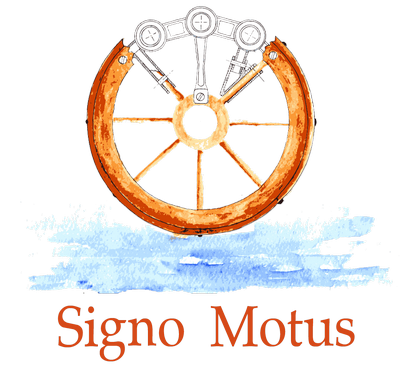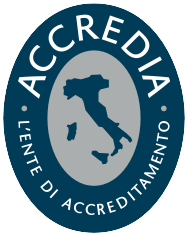
Impact
IMPACT: Advanced CROss-cutting Material Structures - Improved IMPACT resistance of lightweight defence structures
(Phase I: March 2025 / March 2028)
- Programme: European Defence Agency (EDA) Category B (opt in) ad hoc projects
- Coordinator: INEGI (Institute of Science and Innovation in Mechanical and Industrial Engineering)
- Consortium: 19 partners (3 IT, 6 PT, 1 DE, 3 FR, 4 LU, 1 CZ, 1 SI)
Abstract
Innovative impact resistant systems will play a role in future defence applications, due to the potential to
improve their overall performance and to extend the lifetime on operation. This is particularly relevant for
composite-based structures and adhesive joints, as they represent a major threat to structural integrity on
impact loading, and are applied in a wide range of defence systems, including air, maritime, land and space
domains, and different loading scenarios, from tool drop, bird strike and de-icing debris to ballistic and
hypervelocity impacts.
IMPACT I will assess the applicability of innovative impact resistant lightweight systems for defence
applications with improved performance and extended lifetime.
Innovation in impact resistant systems for defence applications is expected to result from research and
development activities on the following areas:
- New materials configurations, including new raw-material usage, multi-material, multi-layered and bioinspired approaches or artificial intelligence supported design;
- New manufacturing processes, such as additive manufacturing or robotised processes capable of producing innovative material architectures and geometries;
- New experimental techniques, such as plate-impact and fragmentation tests, to assess the energy absorption capacity and structural performance of developed material architectures;
- New multi-scale modelling methods capable of accurate determination of impact damage in the case of new materials and loading cases, to reduce design margins and improve performance levels, as well as to support manufacturing process development and optimization;
- New design frameworks for defence applications, capable of including new materials, multi-scale models, specific loading scenarios and innovative configurations (such as damage-tolerant structures);
- New digital twins and structural health monitoring systems that provide information from manufacturing to operation and support repair activities more efficiently.
The partnership consists of:
- Signo Motus srl, Italy;
- SVS FEM s.r.o., Czech Republic;
- Airbus Defence and Space GmbH, Germany;
- French-German Research Institute of Saint-Louis (ISL), France;
- SGR Provence, France;
- Office National d’Études et de Recherches Aérospatiales (ONERA), France;
- Leonardo SpA, Italy;
- IVECO, Italy;
- Gradel sarl, Luxembourg;
- Luxembourg Institute of Science and Technology (LIST), Luxembourg;
- University of Luxembourg (Unilux), Luxembourg;
- Euro-composites S.A., Luxembourg;
- Institute of Science and Innovation in Mechanical and Industrial Engineering (INEGI), Portugal;
- Beyondcomposite – Composite Engineering Solutions, Portugal;
- Centro de Investigação, Desenvolvimento e Inovação da Academia Militar (CINAMIL)/Estado Maior do Exército, Portugal;
- Technological Centre for the Textile and Clothing Industries of Portugal (CITEVE), Portugal;
- Associação Fibrenamics - Instituto de Inovação Em Materiais Fibrosos e Compósitos (Fibrenamics), Portugal;
- Instituto de Soldadura e Qualidade (ISQ), Portugal;
- Jožef Stefan Institute (JSI), Slovenia.


